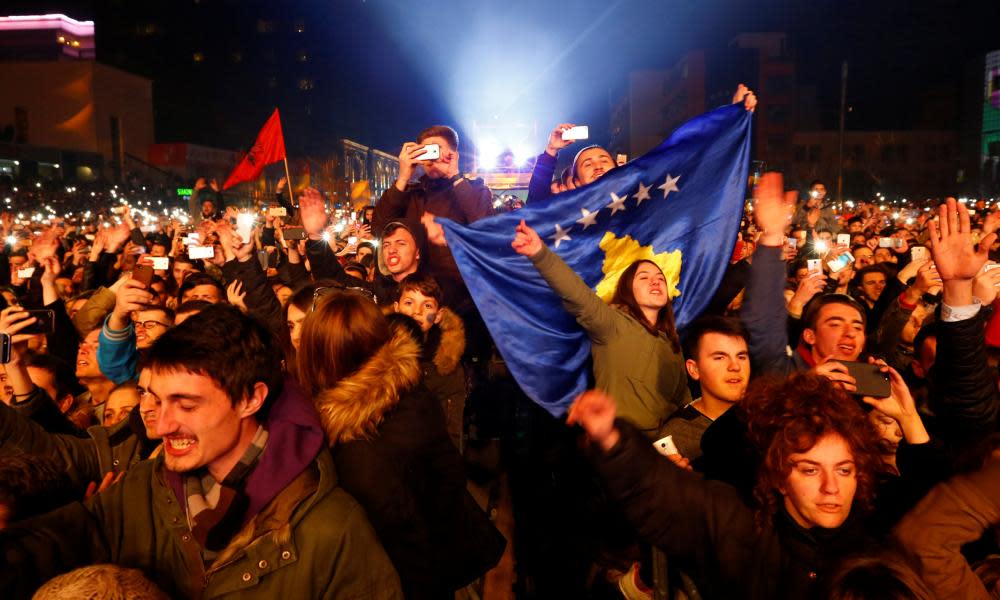Pristina in the spotlight: Rita Ora aside, can Kosovo's capital make it big?

Pristina is a city of constant renewal. Not only is Kosovo’s main city the youngest capital in Europe – 42% of the population is under 24 years old – but it has been completely rebuilt twice since the second world war. The first rebuild was as part of an exhortation to build a modern, socialist city as part of Yugoslavia; the second after the 1998-99 conflict with Serbia.
Although the war emptied the city of most of its ethnic Albanian inhabitants, the physical damage was confined to a few buildings. Following the war, most of the Serb residents left for nearby Gracanica or points further north, and the UN assumed control over government institutions. But crime and corruption reigned, including over the city’s urban landscape. In 2000, architect and urban planning chief Rexhep Luci, who was trying to impose law and order in a city where wealthy individuals were developing property illegally, was gunned down. His murder has still not been solved, and in 2014, when mayor Shpend Ahmeti assumed power vowing to take on powerful interests, there were some 40,000 illegally built constructions.
But, illegally or not, the city has grown rapidly since the 1998-1999 war, and its new confidence was underlined in 2008 when Kosovo declared independence from Serbia.

 Yahoo News
Yahoo News 
